06 Oct 2022 - {{hitsCtrl.values.hits}}
The Monetary Board announced today that a decision has been taken to maintain the Standing Deposit Facility Rate (SDFR) and the Standing Lending Facility Rate (SLFR) of the Central Bank at their current levels of 14.50 per cent and 15.50 per cent.
Following is the statement in full:
The Monetary Board of the Central Bank of Sri Lanka, at its meeting held on 05 October 2022, decided to maintain the Standing Deposit Facility Rate (SDFR) and the Standing Lending Facility Rate (SLFR) of the Central Bank at their current levels of 14.50 per cent and 15.50 per cent, respectively. In arriving at this decision, the Board considered the latest macroeconomic conditions, expected developments and macroeconomic projections. The Board noted the tight monetary conditions prevailing at present, the decelerating pace of inflation, and the envisaged disinflation path in the near term supported by both domestic and global factors. The Board was of the view that the monetary conditions remain sufficiently tight to achieve the envisaged disinflation path in the period ahead. The contractionary fiscal policies would complement the effects of tight monetary policy measures already in place, helping to mitigate any build-up of aggregate demand pressures, thereby anchoring inflation expectations and bringing down headline inflation to the targeted level of 4-6 per cent over the medium term.
Domestic economic activity is expected to remain subdued during 2022, before recovering in 2023
As per the GDP estimates published by the Department of Census and Statistics (DCS), the real economy is estimated to have contracted by 4.8 per cent in the first half of 2022, on a year-onyear basis. The economy is expected to contract in the second half of 2022 as well, impacted by tighter monetary and fiscal conditions, along with the continuation of supply-side constraints and uncertainty surrounding the business environment amidst shortages of foreign exchange in the domestic foreign exchange market, among others. However, a recovery in economic activity is expected in 2023 with the envisaged improvements in the supply-side, along with the timely implementation of the required reforms.
Private sector credit continues to contract due to tight monetary and liquidity conditions
Market interest rates are continuously adjusting upwards reflecting the tight liquidity conditions in the domestic money market and the further passthrough of significant monetary policy tightening measures introduced thus far by the Central Bank. With relatively high deposit interest rates offered by licensed banks, a return of currency in circulation to the banking system is also observed. In August 2022, outstanding credit extended to the private sector by commercial banks contracted for the third consecutive month in absolute terms, reflecting the impact of increased effective market lending interest rates, a moderation of economic activity, and measures to curtail non-urgent imports. Accordingly, the current declining trend in the year-on-year growth of credit to the private sector is expected to continue during the remainder of the year, while a similar trend is expected in the growth of broad money (M2b) supply as well. Meanwhile, the need for further monetary financing is expected to reduce gradually, supported by the envisaged fiscal consolidation measures and planned reforms of major state owned business enterprises.
Headline inflation is expected to follow a disinflationary path in the near term
Headline inflation, based on the Colombo Consumer Price Index (CCPI), edged up in September 2022, driven mainly by the recent revision of electricity and water tariffs and the increase in Value Added Tax (VAT). However, headline inflation is expected to follow a disinflation path in the period ahead. Subdued aggregate demand pressures resulting from tight monetary and fiscal conditions, expected improvements in domestic supply conditions, normalisation in global food and other commodity prices, and the timely passthrough of such reductions to domestic prices, along with the favourable statistical base effect, will be instrumental in bringing down inflation over the medium term.
Positive developments are observed in the external sector despite heightened challenges
The merchandise trade deficit contracted significantly during the eight months ending August 2022, compared to the same period in 2021, driven by an increase in export earnings, while also reflecting the impact of policy measures taken to curtail non-essential imports. An improvement in monthly workers’ remittances has been observed recently, while the tourism sector is anticipated to recover in the upcoming season. Foreign exchange liquidity in the domestic banking system recorded some improvements supported by increased inflows in the form of export proceeds and workers' remittances. Such improvements in foreign exchange liquidity conditions, despite underlying pressures in the foreign exchange market, are expected to facilitate the continuous provision of essential imports, including fuel, coal, and other commodities, in the period ahead. Meanwhile, the weighted average spot exchange rate remains unchanged since mid-September 2022 due to relatively low volume of transactions in the interbank spot market. The gross official reserves are estimated at US dollars 1.8 billion as at end September 2022, including the swap facility from the People’s Bank of China, equivalent to around US dollars 1.4 billion, which is subject to conditionalities on usability. Subsequent to the staff-level agreement reached with the IMF on the Extended Fund Facility (EFF) arrangement, the authorities are expediting negotiations with the country’s external creditors, assisted by financial and legal advisors, to advance the debt restructuring process.
Policy rates are maintained at current levels
In consideration of the current and expected macroeconomic developments as highlighted above, the Monetary Board of the Central Bank of Sri Lanka, at its meeting held on 05 October 2022, decided to maintain the Standing Deposit Facility Rate (SDFR) and the Standing Lending Facility Rate (SLFR) of the Central Bank at their current levels of 14.50 per cent and 15.50 per cent, respectively. The Board was also of the view that the recently introduced tight fiscal policy measures would also help curtail any further build-up of demand pressures in the economy, complementing the effects of tight monetary policy already in place. However, the Central Bank will continue to monitor macroeconomic conditions and expected developments on the domestic and global fronts and stand ready to take measures swiftly and proactively, as appropriate. The Board reiterates its commitment to restoring price stability and remains confident that the already implemented tight monetary policy measures would help rein in any inflationary pressures, while supporting the economy to reach its potential over the medium term.
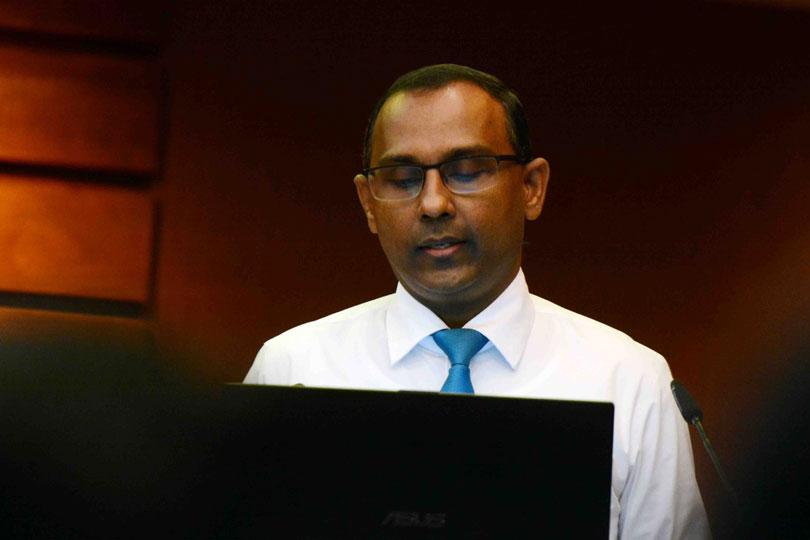
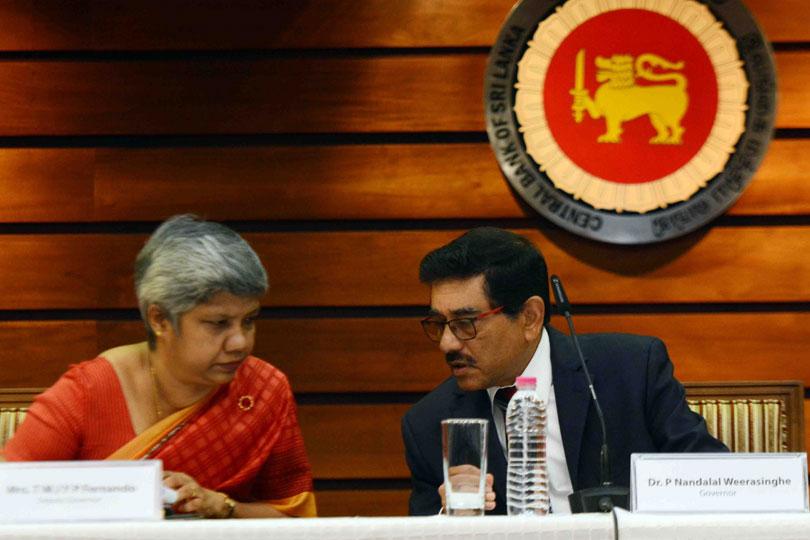
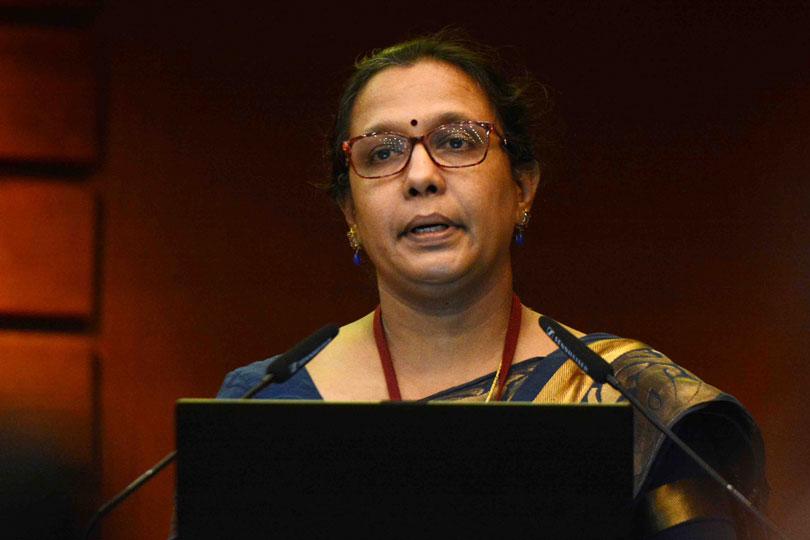
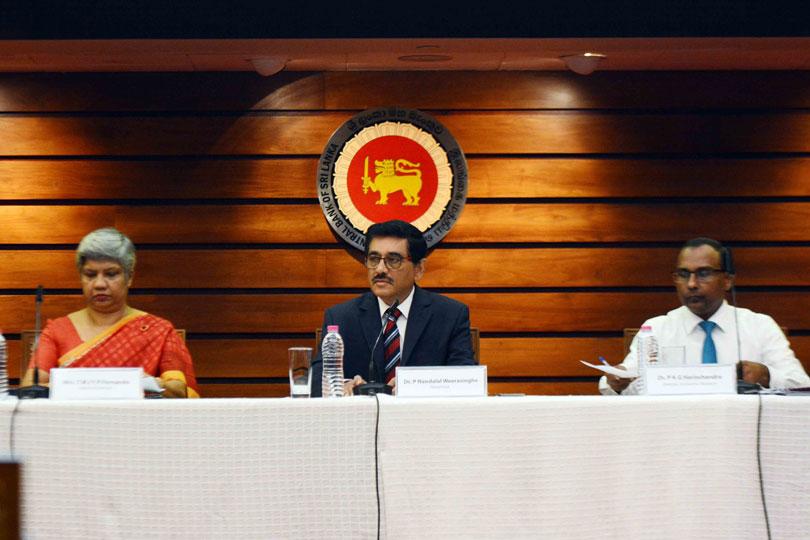
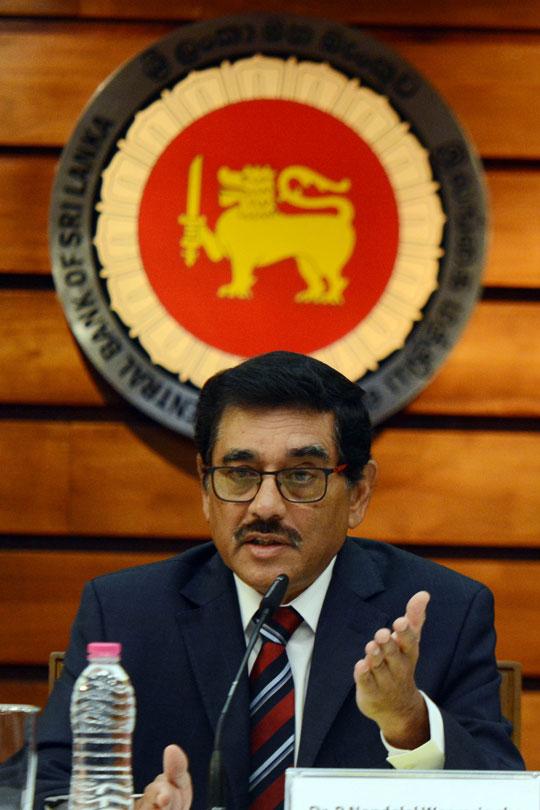
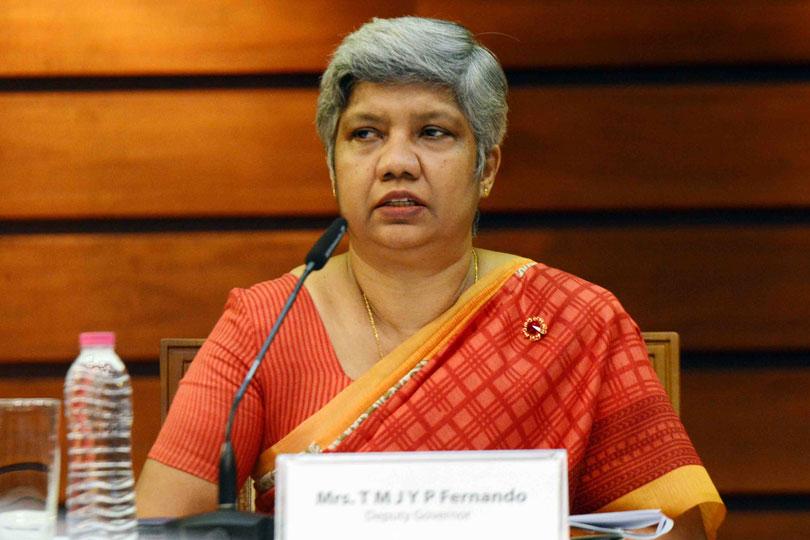
Pix by Pradeep Pathirana
23 Dec 2024 3 hours ago
23 Dec 2024 4 hours ago
23 Dec 2024 7 hours ago
23 Dec 2024 8 hours ago